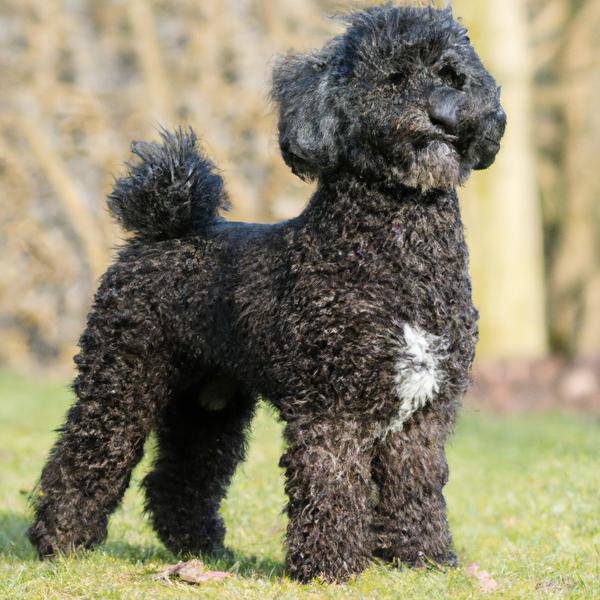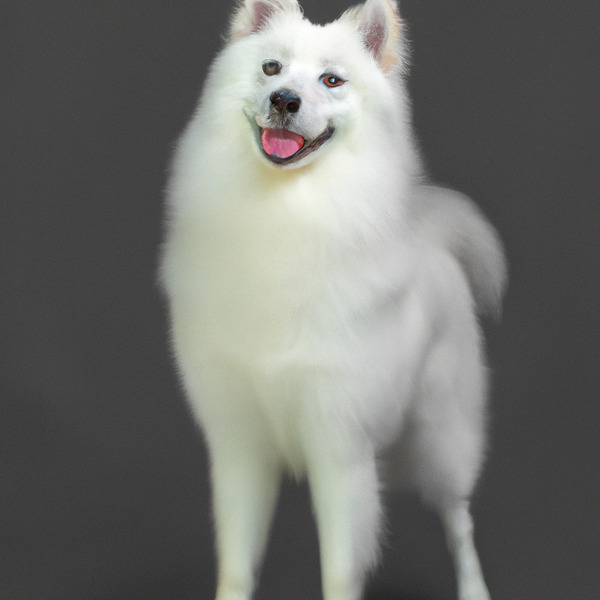Schipper-Poo vs. Japanese Spitz: Breed Differences and Similarities
Hypoallergenic
Are Schipper-Poos or Japanese Spitzs hypoallergenic, or neither?
Unfortunately, neither Schipper-Poo nor Japanese Spitz are hypoallergenic, which may not make them the best choice for dog lovers who suffer from pet allergies.
Temperament
What are the personalities of Schipper-Poo and Japanese Spitz dogs?
Active
Curious
Independent
Agile
Alert
Intelligent
Confident
Trainable
Fearless
Faithful
Instinctual
Affectionate
Proud
Intelligent
Companionable
Playful
Loyal
Shedding Level
Do Schipper-Poos shed more than Japanese Spitzs, or which breed sheds more, Schipper-Poos or Japanese Spitzs?
Schipper-Poos are low shedding dogs, requiring minimal coat care.
Japanese Spitzs are moderate shedders, but regular brushing can reduce shedding and maintain coat health.
Watchdog Ability
Which dog breed makes a better watchdog, the Schipper-Poo or Japanese Spitz?
Schipper-Poos aren't great guard dogs; they tend to just watch without taking action.
Japanese Spitzs are decent watchdogs - they'll alert their owner if something seems amiss.
Ancestry
What are the origins of Schipper-Poo and Japanese Spitz breeds?
Poodle, Schipperke
Spitz-Type Dogs
Breed recognition
Which kennel clubs recognize/register Schipper-Poo and Japanese Spitz?
ACHC = American Canine Hybrid Club
DBR = Designer Breed Registry
DDKC = Designer Dogs Kennel Club
DRA = Dog Registry of America, Inc.
IDCR = International Designer Canine Registry®
American Canine Registry
America's Pet Registry
Continental Kennel Club
Dog Registry of America Inc.
Federation Cynologique Internationale
Kennel Club of Great Britain
National Kennel Club
American Canine Association, Inc.
Date of Birth
When were Schipper-Poo and Japanese Spitz breeds first developed?
Unknown
1948
Eye Color Possibilites
What are the eye colors of Schipper-Poo and Japanese Spitz dogs?
Brown
Amber
Brown
Nose Color Possibilites
What are the natural nose colors of Schipper-Poo and Japanese Spitz?
Black
Brown
Black
Coat Color Possibilites
What are the natural colors of the coat for Schipper-Poo and Japanese Spitz breeds?
Black
Gray
White
Coat Length
What is the typical coat length for Schipper-Poo and Japanese Spitz breeds?
The coat of Schipper-Poo and Japanese Spitz dogs is longer than that of the typical dog.
Coat Density
What is the density of the coat of Schipper-Poo and Japanese Spitz?
Coat Texture
What is the hair texture of Schipper-Poo and Japanese Spitz?
Wiry
Straight
Litter Size
What is the usual litter size for Schipper-Poo and Japanese Spitz?
A Schipper-Poo can have a litter of 3-7 puppies on average. However, it's worth noting that the size of the litters can vary greatly. Factors that can influence litter size include the health of the mother, breeding history, and genetics.
A Japanese Spitz can have a litter of 10-16 puppies on average. However, it's worth noting that the size of the litters can vary greatly. Factors that can influence litter size include the health of the mother, breeding history, and genetics.
Adaptability
Schipper-Poos are highly adaptable and versatile, making them excellent companions for families and individuals of all lifestyles.
Japanese Spitzs are known for their adaptability and can adjust well to different environments and lifestyle changes.
Health Issues
Between Schipper-Poo and Japanese Spitz, which breed is more prone to health problems?
Schipper-Poo and Japanese Spitz breeds are generally considered to be healthy. However, like all breeds, they are susceptible to certain health issues and it is important to keep an eye out for them and address them with your veterinarian as needed.
Major Concerns
What are the major health concerns for Schipper-Poo and Japanese Spitz breeds?
Sebaceous Adenitis
Eye Problems
Addison's Disease
Mitral Valve Disease
Patellar Luxation
Minor Concerns
What minor health issues should be kept in mind when owning Schipper-Poo and Japanese Spitz?
Entropion
Epilepsy
Legg-Calve-Perthes Disease
Corneal Dystrophy
Ear Infections
Contact Allergy
Occasional Tests
What occasional tests are recommended for Schipper-Poo and Japanese Spitz breeds?
Eye
Hip
Blood
Heart
X-Rays
Full Physical Examination
Ear Examination
Skin Evaluation
Knee X-Rays
Energy
How do the energy levels of Schipper-Poos and Japanese Spitzs compare?
For those who lead a balanced lifestyle, Schipper-Poo and Japanese Spitz breeds may be a good choice as they have an average energy level.
Social Needs
Schipper-Poo vs Japanese Spitz social needs comparison
Schipper-Poo has above average social needs and thrives with interaction with humans and other dogs.
Japanese Spitz has very high social needs and requires regular mental and physical stimulation, a job or purpose, and companionship.
Exercise Needed
Schipper-Poo vs Japanese Spitz exercise need comparison.
Schipper-Poos need only a small amount of physical activity, ideal for busy or elderly people or those with limited space.
Japanese Spitzs need moderate physical activity and are great for families and active individuals.
Sleeping Need
Which of the two sleeps the most/least: Schipper-Poo or Japanese Spitz?
Schipper-Poos sleep less than other breeds but still need adequate sleep for good health.
Japanese Spitzs have moderate energy levels and typical sleep patterns of 12-14 hours per day.
Tendency to Bark
Do Schipper-Poos or Japanese Spitzs bark more/less frequently?
Schipper-Poo dogs are generally less vocal than other breeds and only bark when necessary, such as to alert their owner or communicate.
Japanese Spitz dogs bark and howl frequently and are not recommended for quiet homes.
Mouthiness
Mouthiness Comparison: Schipper-Poo vs Japanese Spitz?
Roaming urge
Schipper-Poo vs Labrador: Running away tendency?
Prey Drive
Schipper-Poo or Japanese Spitz - which breed has a higher level of prey drive?
Activity Level
Which breed has higher energy, Schipper-Poos or Japanese Spitzs?
Both Schipper-Poo and Japanese Spitz are medium-energy dogs that enjoy socializing and playing with other dogs. They may engage in casual or sustained games of chase, and occasionally have bursts of barking or racing around the house.
Tolerance of being left alone
Walks per Week
How many miles should Schipper-Poo or Japanese Spitz walk each week?
There's really no limit to how far you walk your dog as long as they're comfortable. For Schipper-Poo, it's at least 8 miles / week. Just remember to build distance and stamina gradually over time.
There's really no limit to how far you walk your dog as long as they're comfortable. For Japanese Spitz, it's at least 7 miles / week. Just remember to build distance and stamina gradually over time.
Activity per Day
Do Schipper-Poos or Japanese Spitzs require more exercise?
Both Schipper-Poo and Japanese Spitz typically require a minimum of 45 minutes of exercise each day. The exercise can be spread throughout the day and may involve high-energy activities like walking, running, and playing.
Grooming
Which breed is easier to maintain in terms of grooming, Schipper-Poos or Japanese Spitzs?
Schipper-Poo and Japanese Spitz are breeds of dogs that require a significant amount of grooming. They will also require regular trims, and a professional groomer's help is often necessary to keep their coat in good condition. They may also need regular baths to maintain their coat and skin.
Brushing Frequency
What is the recommended brushing frequency for Schipper-Poo and Japanese Spitz dogs?
Ideally, both Schipper-Poo and Japanese Spitz should be brushed at least 2 or 3 times a week (preferably daily) to improve shedding.
Brushing Tools
What brushing tools are used for Schipper-Poos and Japanese Spitzs?
Pin Brush
Slicker Brush
Scissors
Clipper
Pin Brush
Comb
Scissors
Nail Clipper
Cups
How much food should be given to Schipper-Poo or Japanese Spitz in cups?
For an average 26-40 pound (12 - 18 kg) Schipper-Poo feed 1.7 cups daily. But, keep in mind, the amount you feed is going to be dependent on the quality of the food you are feeding.
For an average 18-19 pound (8 - 9 kg) Japanese Spitz feed 1 cups daily. But, keep in mind, the amount you feed is going to be dependent on the quality of the food you are feeding.
Daily Cost
Which breed has a higher daily cost, Schipper-Poo or Japanese Spitz?
The average cost of a Schipper-Poo is somewhere $1.40 - $1.70 per day.
The average cost of a Japanese Spitz is somewhere $1.30 - $1.40 per day.
Monthly Cost
Which breed has a higher monthly cost, Schipper-Poo or Japanese Spitz?
The average per month expenses of a Schipper-Poo is between $42 - $53. This makes an average of $504 - $636 per year. It will be on the higher side when the dog is still small because it will need more frequent visits to the vet, shots.
The average per month expenses of a Japanese Spitz is between $35 - $42. This makes an average of $420 - $504 per year. It will be on the higher side when the dog is still small because it will need more frequent visits to the vet, shots.
Intelligence
Comparing Intelligence: Schipper-Poos vs Japanese Spitzs
Schipper-Poo is a very intelligent and trainable breed.
Japanese Spitzs are average in obedience intelligence but have a high IQ and may cause trouble if left unsupervised.
Sensitivity Level
How do Schipper-Poo and Japanese Spitz compare in sensitivity?
This breed is sensitive and requires gentle handling and a calm home environment.
Japanese Spitzs have average emotions and adapt well to different situations.
Affection Dependance
Which is the more affectionate dog breed: Schipper-Poo vs Japanese Spitz?
Apartment Friendly
Which breed is more apartment-friendly: Schipper-Poo or Japanese Spitz?
The Schipper-Poo is a great apartment dog, thriving with sufficient exercise and time outside as part of their daily routine.
Japanese Spitzs make excellent apartment dogs, being fairly active indoors and not requiring a yard.
Child Friendly
Do Schipper-Poos or Japanese Spitzs have a friendlier temperament towards children?
The typical characteristics of Schipper-Poo and Japanese Spitz indicate that this breed of dog is an ideal companion for kids and makes them family pets. Their gentle and protective nature and calm mentality make them gel along quickly with the younger humans.
Senior-friendly
Which dog is more suitable as a pet for the elderly - Schipper-Poo or Japanese Spitz?
Cat Friendly
Do Schipper-Poo or Japanese Spitz breeds have a better compatibility with cats?
Schipper-Poos and Japanese Spitzs are one of the best dogs for cats. They accept cats readily as part of the family. However, this dog breed should be trained to not chase after the kitty early on
Dog Friendly
Which breed is more sociable with other dogs: Schipper-Poo or Japanese Spitz?
Schipper-Poos and Japanese Spitzs are friendly, active and loyal companions. They generally love to be around other dogs, making them a good family pet for some.
Pet friendly
How do Schipper-Poo or Japanese Spitz dogs interact with other pets?
Stranger Friendly
Which breed is more friendly with strangers: Schipper-Poo or Japanese Spitz?
Schipper-Poo and Japanese Spitz are average friendly around strangers. They can be wary around strangers and a little standoffish, so early socialization is key to ensure they are comfortable around new people.
Playfulness
Which breed is more playful between Schipper-Poo and Japanese Spitz?
Schipper-Poo and Japanese Spitz are known to be highly playful dogs. So if you're not up for all that, think about adopting slightly older Schipper-Poo and Japanese Spitz for a mellower experience.
Trainability
How do the trainability levels of Schipper-Poos and Japanese Spitzs compare?
Schipper-Poos are popular for their ease of training and quick learning ability.
Japanese Spitzs are usually easy to train but require consistency to fully obey commands.
Compare Schipper-Poo with other breeds
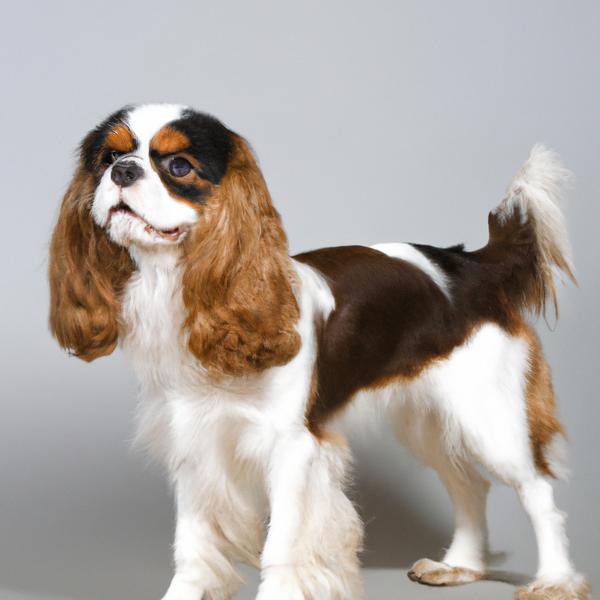
Cava-Shell
Schipper-Poo vs Cava-Shell

Kokoni
Schipper-Poo vs Kokoni
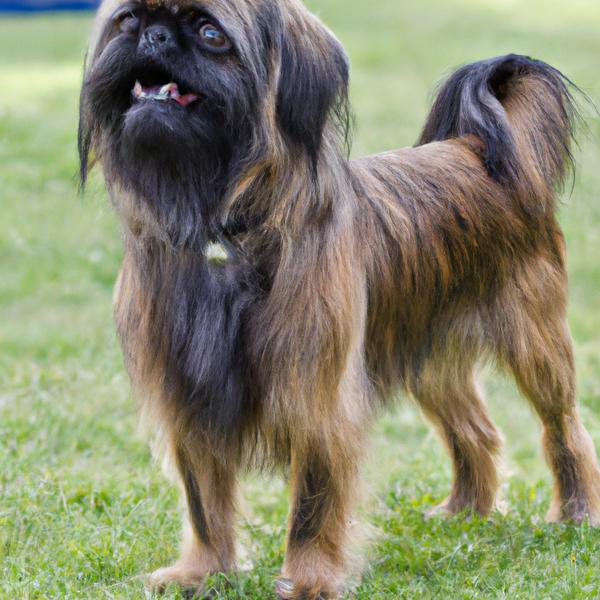
Griffonland
Schipper-Poo vs Griffonland
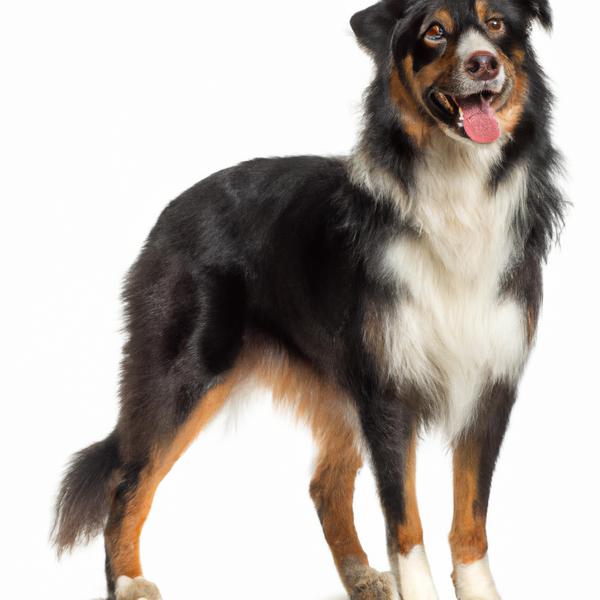
Aussalier
Schipper-Poo vs Aussalier

Ski-Collie
Schipper-Poo vs Ski-Collie
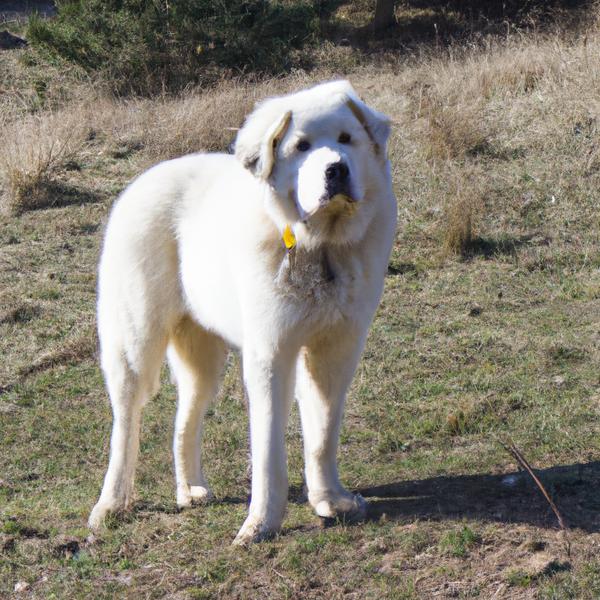
Saint Pyrenees
Schipper-Poo vs Saint Pyrenees
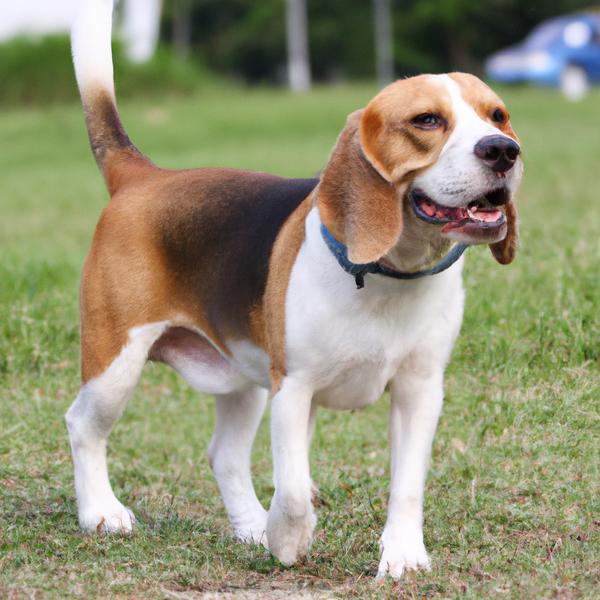
Crested Beagle
Schipper-Poo vs Crested Beagle
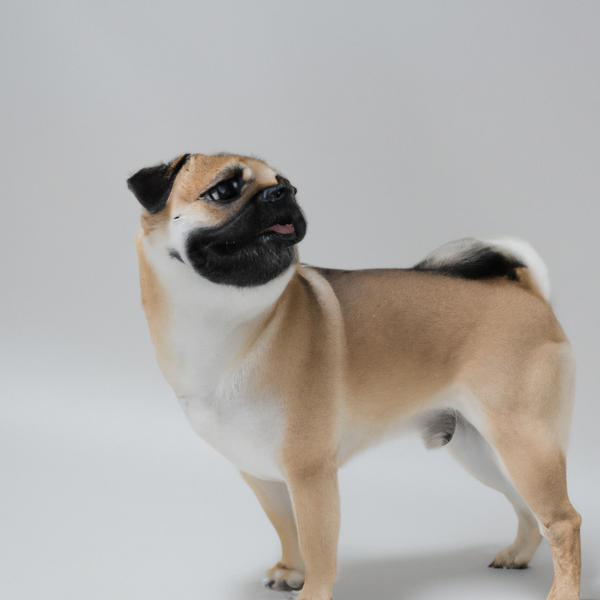
Pug Shiba
Schipper-Poo vs Pug Shiba

Soft Coated Woxer
Schipper-Poo vs Soft Coated Woxer
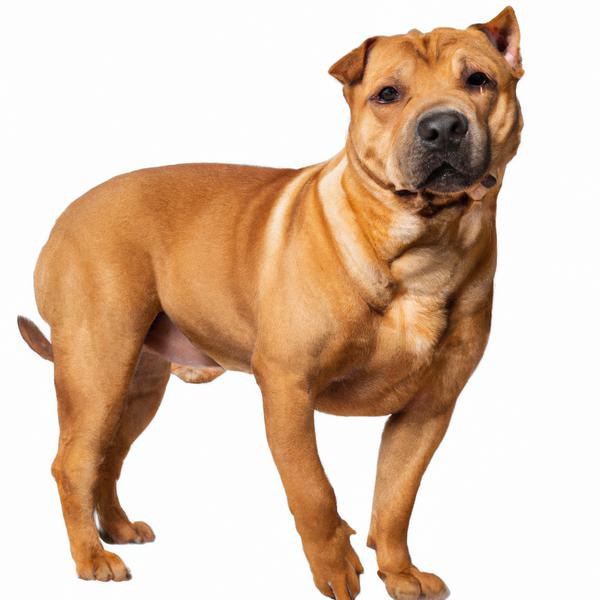
Shar-Pei Pitbull Terrier
Schipper-Poo vs Shar-Pei Pitbull Terrier
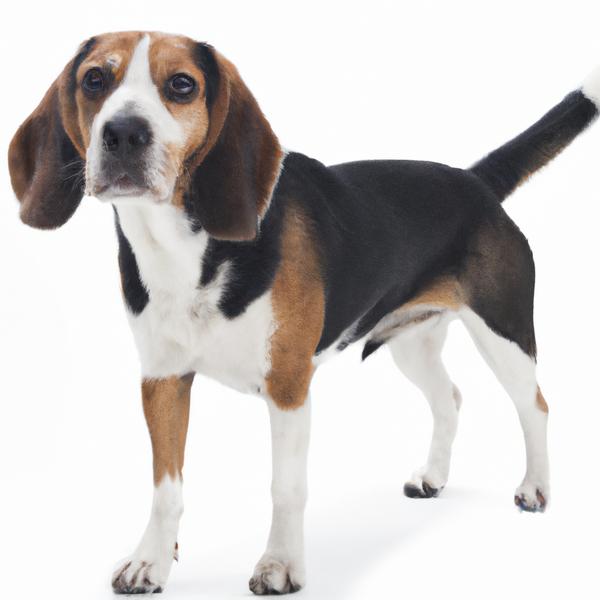
Baseagle
Schipper-Poo vs Baseagle
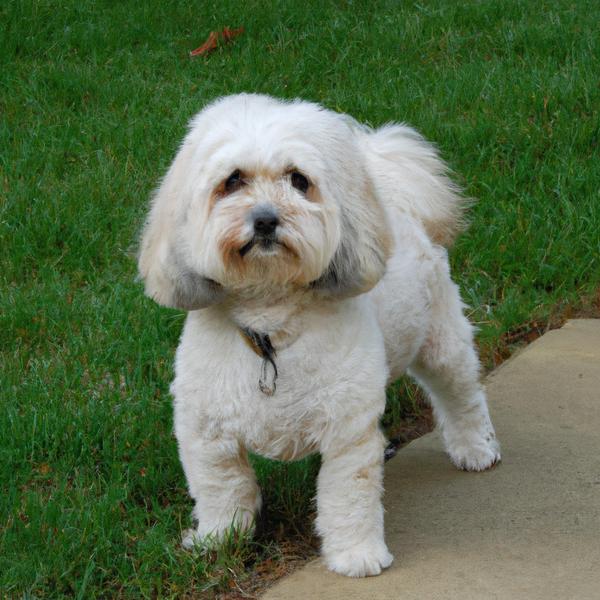
Havachon
Schipper-Poo vs Havachon
